Description
Beast LE 4×4 – Redefining Golf Cars Beyond Fairways
Although most golf cars handle flat grass and pavement, few tackle uneven, rocky, or muddy ground effectively. Because the Beast LE 4×4 combines a reinforced frame with a full-time four-wheel-drive system, it operates where traditional models stop. Yet with every benefit come certain trade-offs, including higher weight and added service needs.
Therefore, choosing this model depends entirely on where and how it will be used.
Power Through the Wild—Quietly golf cars
The Beast 4×4 is built to conquer. With true 4-wheel drive, a rugged lifted frame, and a high-torque electric motor, this powerhouse handles mud, hills, and tough terrain with ease. Packed with features like off-road tires, LED headlights, winch, and a digital display, it’s ready for work or wild adventure. Bold, durable, and fully electric — the Beast 4×4 doesn’t just ride, it dominates.
The Beast LE 4×4 upgrades include:
The Beast XO Cage *This cage doesn’t provide rollover protection
Aluminum brush guard with receiver hitch
aluminum cage system
Inside storage basket
Aluminum front basket
Aluminum top w/ cargo rack built-in
Aluminum seat kit cargo box combo w/tailgate
Double gun racks, Front seatbelts
Standard features include:
Brand new 2025 model
4-Wheel Disc Brakes
4-Wheel Independent Suspension
72V – 105ah Lithium Battery
Digital Touchscreen Display
HD Front Clay Basket
Custom High-back Seats
HD Windshield (Optional $425)
Onboard Charger – 20-amp charger NEMA 5-20 Receptacle
Rear Motor – 5 KW
Front Motor – 3.5 KW
• Brushless Motors
• LED Headlights & Taillights
• Camo Dipped Body with UV Matte Finish
• Front & Rear Receiver Hitch
• Fold Down Rear Seat Kit
• Fender Flares
• Under-seat Storage Tray
• 23X10X12 Tires and 12″ Black Wheels
• Premium Steering Wheel
• Double Gun Racks
• Lockable Storage Doors
-
Beast LE 4×4 golf cars Batteries & Charger
Explosive Gases
Failure to charge batteries in a well ventilated space can cause an explosion.
Batteries generate explosive hydrogen gas fumes during charging cycles that accumulate in
enclosed spaces. A 4% concentration of hydrogen gas is explosive and could cause severe
injury or death. Always charge batteries in a well ventilated space with sufficient fresh air
circulating to exchange the air every 12 minutes.
Never smoke around batteries or expose them to open flames.
To reduce the risk of explosion that could result in severe injury or death, never smoke around
batteries or charge batteries in an area with open flames, sparks, gas water heaters or furnaces
or electrical equipment that could cause an electrical arc.
DANGER!NOTE
The instructions in this manual are specific to the batteries and charger supplied with this vehicle.
Instructions vary by manufacturer. If batteries are replaced or if a different charger is used, read
and follow the instructions and recommendations provided by the manufacturer of those items.
Understanding the Batteries & Charger
Charging Times and Battery Life
Charging times and battery life are difficult to predict because they vary depending upon a number
of factors including use, driving conditions, driving habits, ambient temperature, discharge rate, age,
maintenance, and condition.
Improving Battery Performance
Batteries must be fully charged before using the vehicle for the first time.
Always complete the charging cycle before disconnecting the charger from the vehicle.
To improve battery life, keep the batteries fully charged and avoid discharging the batteries below 70%
whenever possible. - Use your vehicle often and recharge the batteries after each use, whether it was just a few minutes or all
day. Batteries perform best when they’re discharged and recharged frequently.
New batteries won’t reach full capacity until they’ve been discharged and recharged 20 to 30 times.
Battery range varies with road conditions, terrain, temperature and the operator’s habits.
Recharge the batteries at room temperature. Never recharge the batteries in temperatures of 110°F or
higher.
Why Four-Wheel Drive golf cars Matters Off Pavement
Since standard golf cars direct power to only one axle, traction loss on wet ground becomes common. However, the Beast LE 4×4 sends torque to all wheels simultaneously. Consequently, it keeps moving over roots, gravel, and damp soil. Still, deep mud and waterlogged areas remain difficult because electric torque peaks early but fades under heavy load.
Even so, for wooded trails, hunting camps, and rural paths, this design prevents most stalls.
Frame, Suspension, and Durability Factors
While the Beast LE 4×4 bodywork uses polymer panels for dent resistance, the chassis is steel-reinforced to handle shocks and bumps. Yet despite these measures, high-speed impacts or repeated curb strikes eventually damage tie rods and bushings. Therefore, scheduled inspections stay critical.
Moreover, factory suspension suits moderate trail speeds, not high-speed off-road driving.
Instead of serving as a standard clubhouse vehicle, the Beast LE 4×4 fits work sites, hunting properties, and mixed terrain resorts needing practical off-road support.
For specs, wrap options, and delivery details, visit:
JetskiMoto.com – Golf Cars & Beast LE 4×4

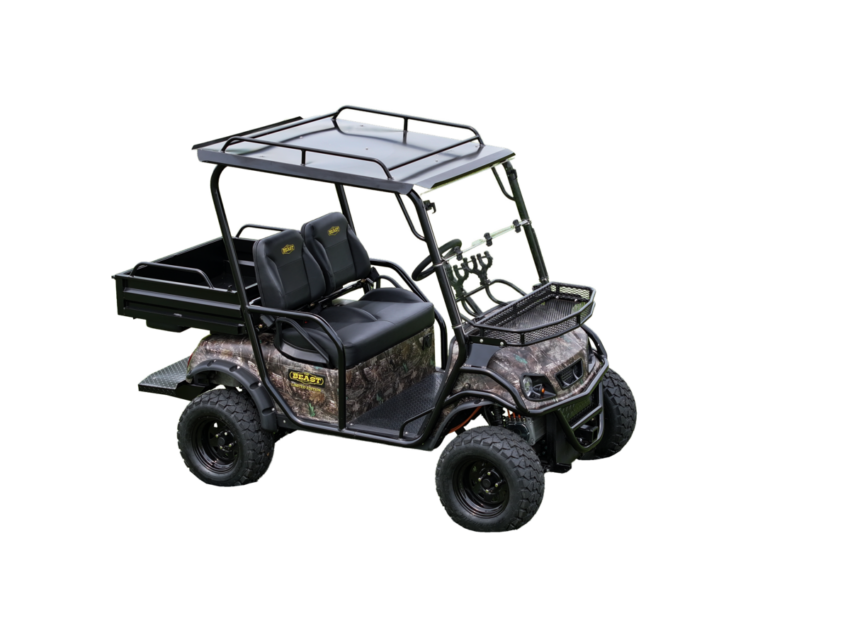
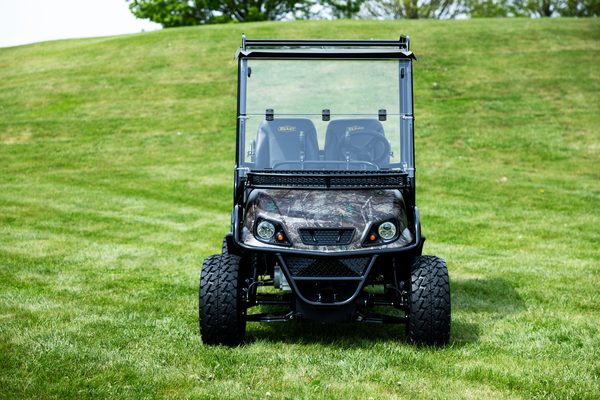
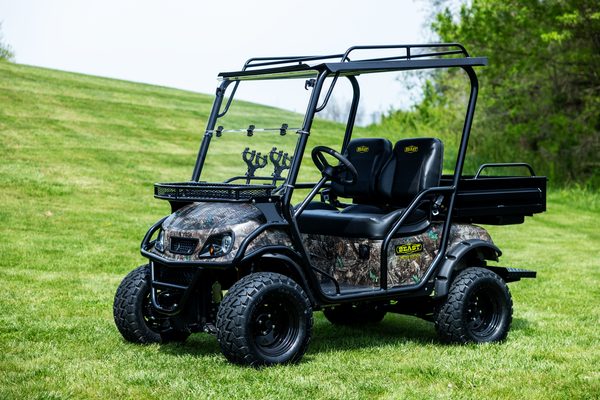

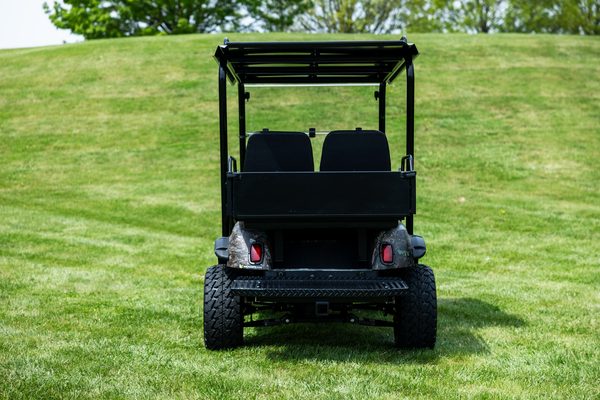
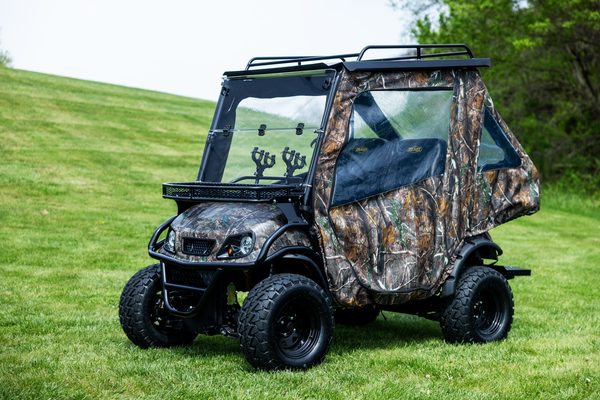
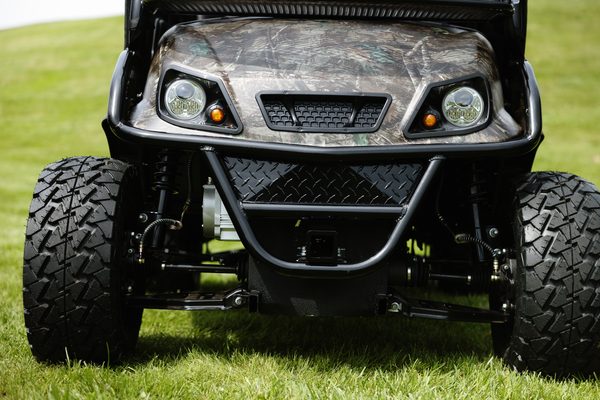
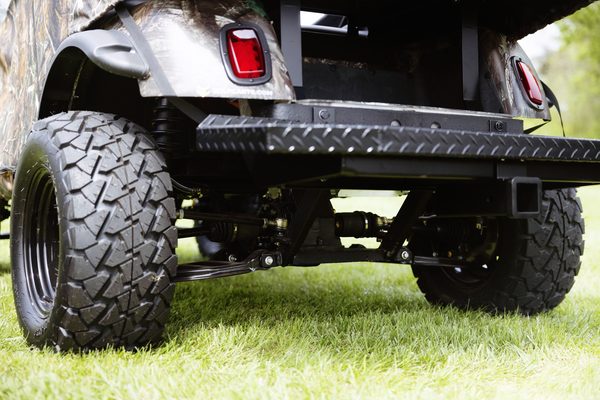

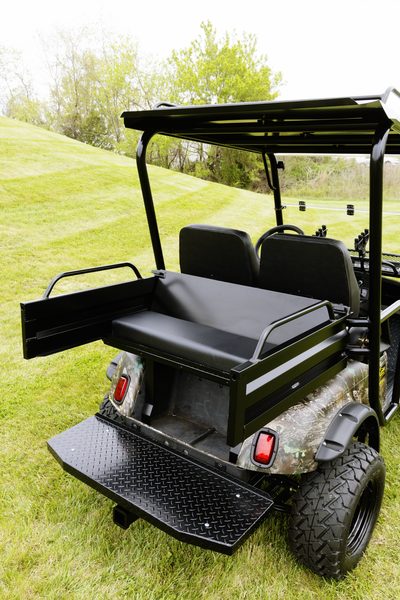


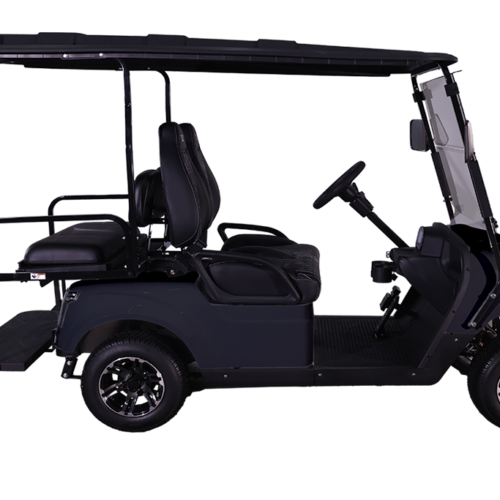
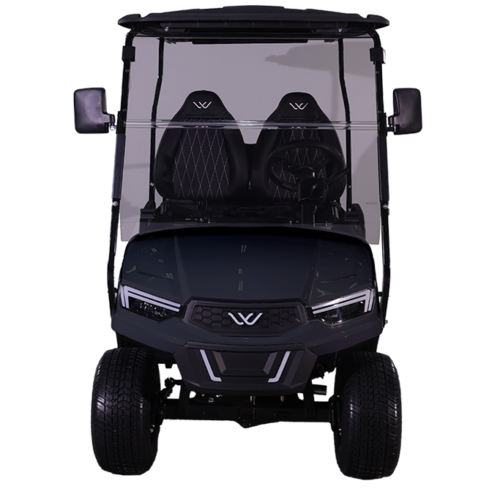
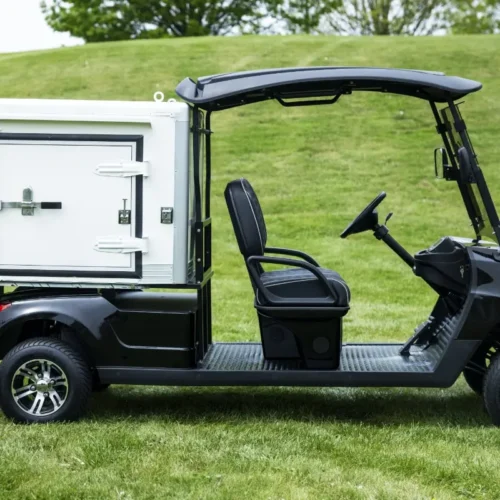
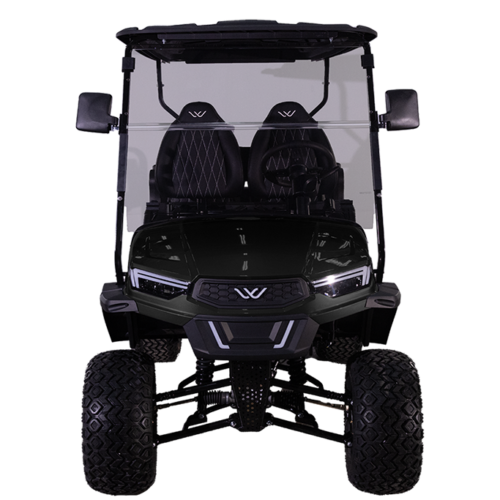

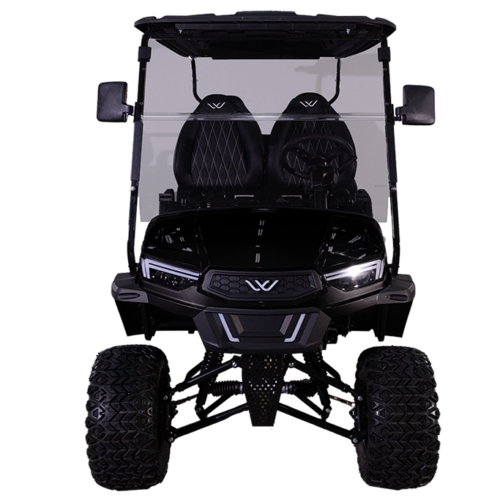

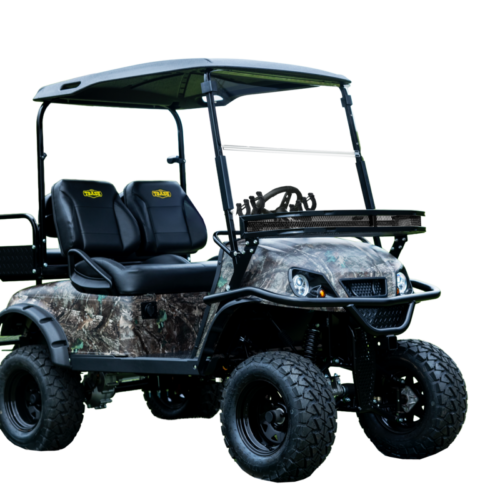






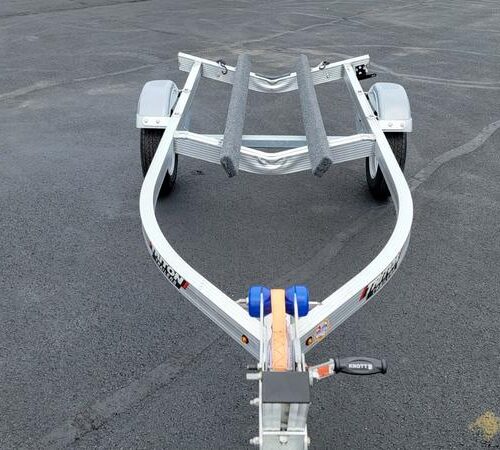
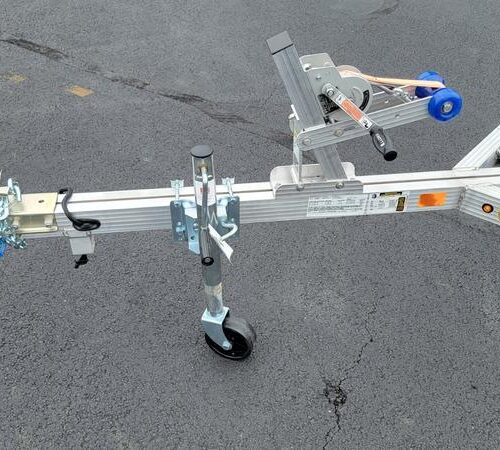
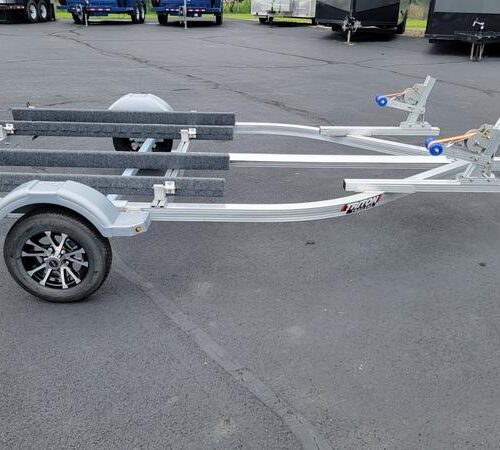
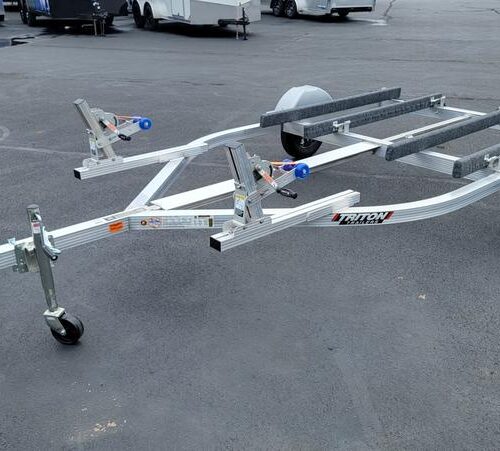

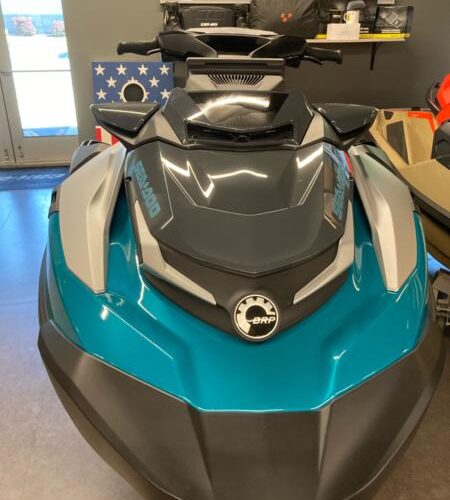



Ethan Thompson –
I’m absolutely loving my Golf Carts The Beast LE 4×4 from jetskimoto The 4×4 capability gives me confidence on any terrain and the LE package is loaded with awesome features The build quality is top notch and the performance is impressive Jetskimoto provided excellent customer service and I’m so much happier with my purchase, look no further If you’re looking for a way to get around the woods with a buddy while hunting this cart is perfect for hauling two people and all your gear